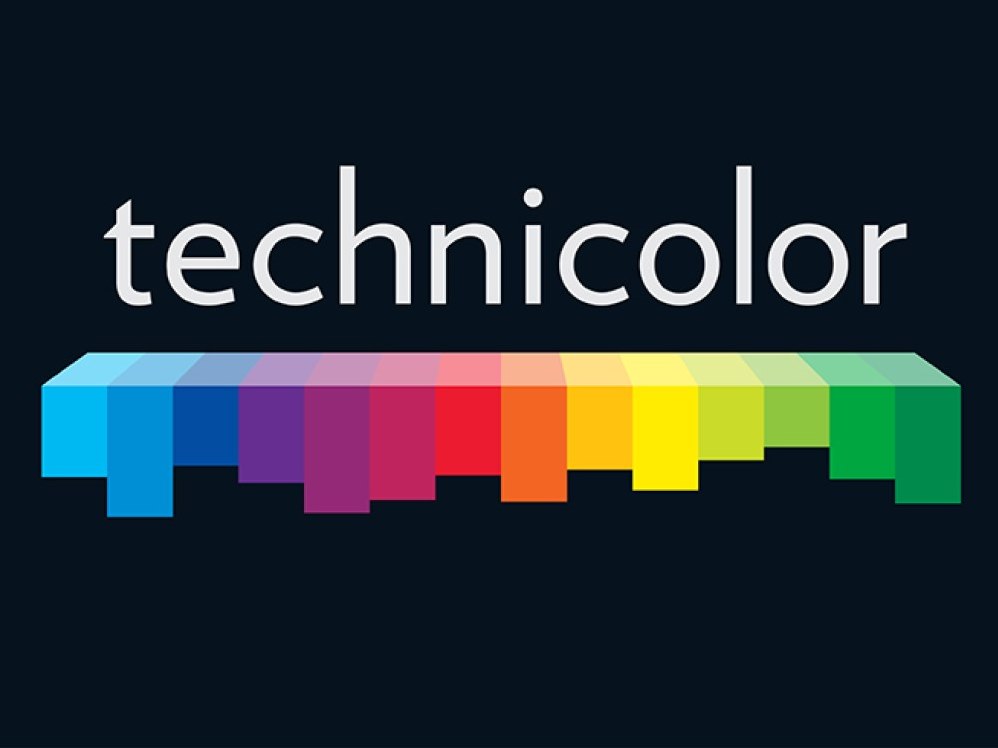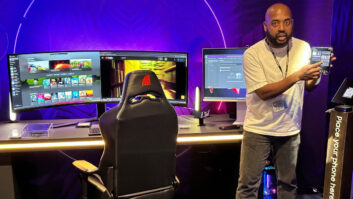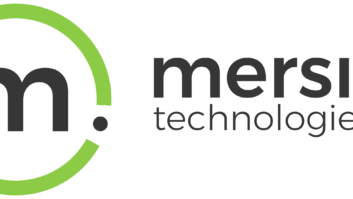
Technicolor and Philips agreed to merge their respective HDR (high dynamic range) video technologies to boost adoption by over-the-top (OTT) video-streaming services and pay-TV providers, the companies announced on the eve of CES.
The unified technology, like the current Philips and Technicolor technologies, would simplify HDR implementation by streaming and pay-TV providers, explained Mark Turner, Technicolor’s VP of partnership relations and business development. That’s because a single video stream would be playable on 4K HDR TVs and on standard dynamic range (SDR) 4K TVs, whereas other HDR solutions require service providers to maintain infrastructure for both an HDR and SDR stream, he said. That in turn will accelerate HDR adoption by streaming and pay-TV providers
The technology will be compatible with HDR TVs that incorporate the BT 2084 metadata and BT 2086 EOTF (Electro-Optical Transfer Function) HDR standards, both of which are used in HDR TVs that meet the CTA’s definition of HDR compatibility. EOTF turns digital code into light. The HDR TVs, however, would have to incorporate a Technicolor/Philips decoder. Turner said the ability to firmware-upgrade existing and future HDR TVs with the decoder would “vary widely” by the silicon they use.
The technology would make it easier for chip makers to design and build an HDR TV SOC (system on chip), which need decode only one video stream, Turner added.
New HDR-compatible TVs announced to date in the days and hours before CES begins include 2084/2086 combined with the rival HDR 10 and Dolby Vision HDR standards. Select streaming services also use the HDR 10 and Dolby technologies.
Philips and Technicolor will “merge the best parts” of their technologies, and the combined solution will be shown at NAB 2016, followed by commercial deployment on silicon in late 2016, the companies said. The development will “simplify HDR deployments for distributors who will be able to send one signal to all their customers regardless of which TV they have,” and it will thus help accelerate HDR deployment by streaming and pay-TV providers, the companies said.
The merger “is a reflection of how fast the market for HDR is developing and how important it is to partner and scale up to effectively serve industry demand for high-quality video delivery,” added Jako Eleveld, Philips’ head of IP licensing.
The merger also makes sense because it combines Philips’ years of experience in partnering with CE and silicon companies, while Technicolor boasts a “heritage in content creation and technology licensing,” added Manuele Wahl, Technicolor SVP of technology and trademark licensing.













